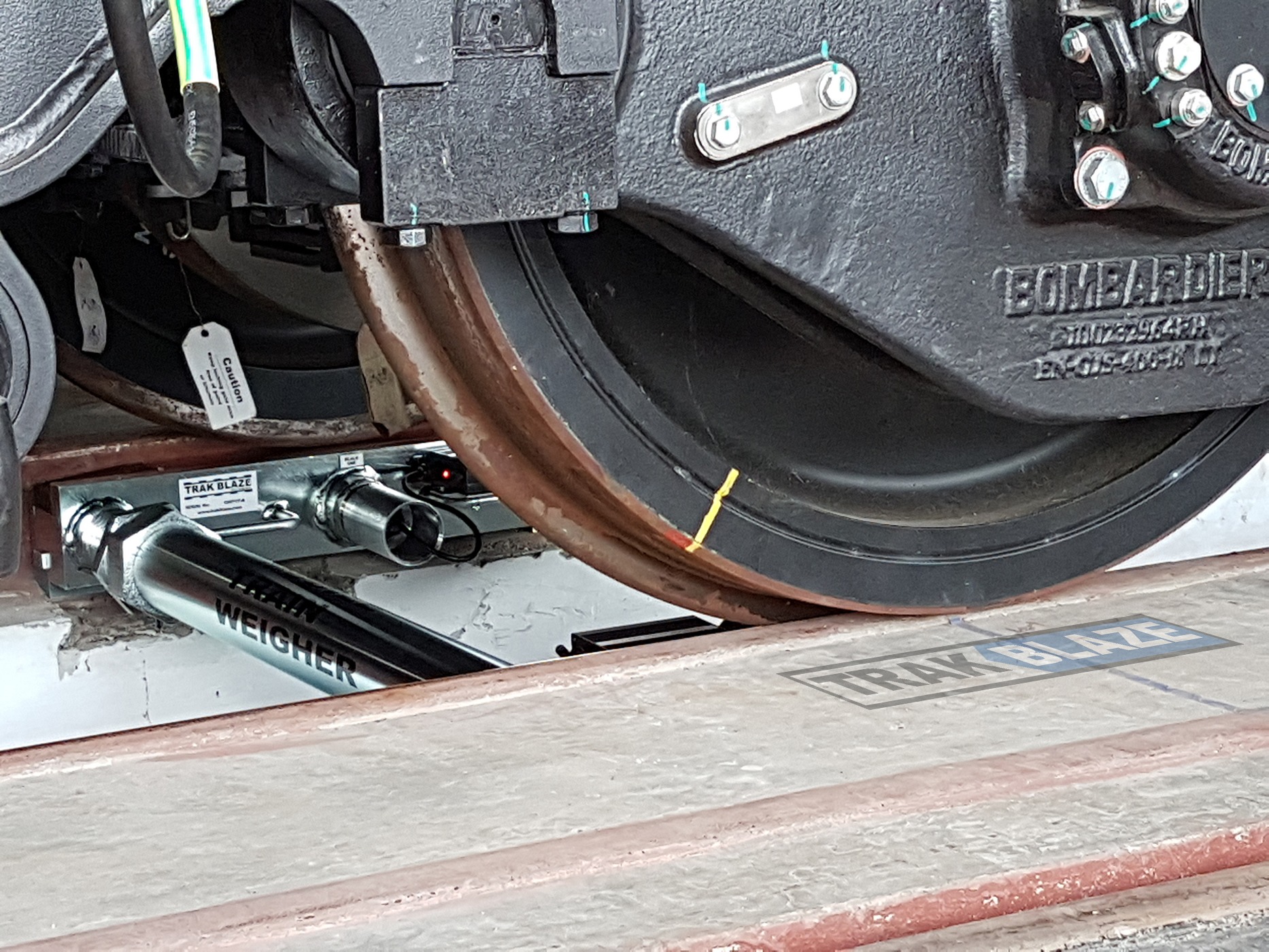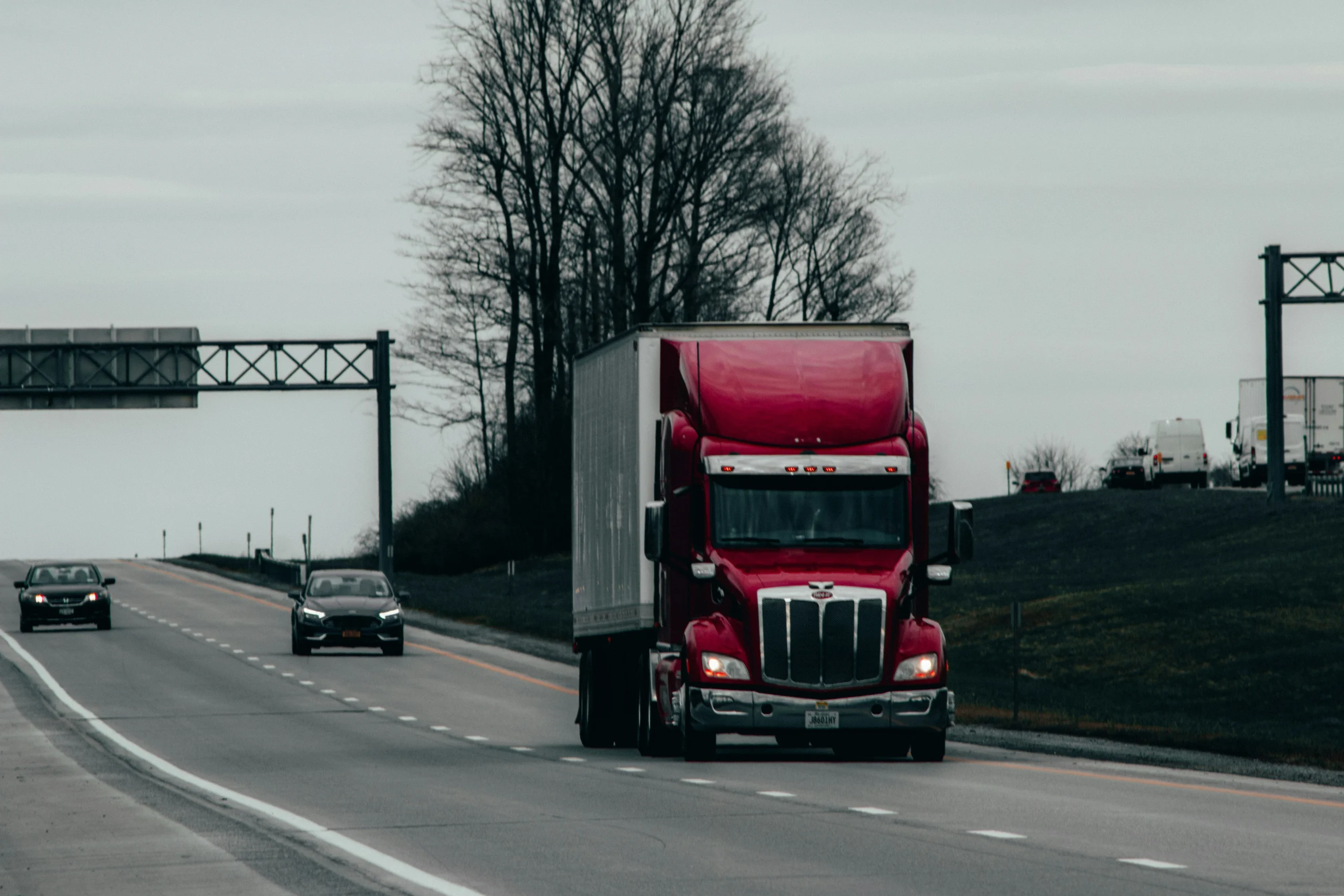At a glance
- Accurate in-motion weighing of heavy vehicles is crucial in the transportation industry to ensure compliance, efficiency, and safety.
- The challenges of in-motion weighing can be addressed through innovative solutions such as high-speed weigh-in-motion equipment, portable WIM systems, and on-board weighing systems, which can provide numerous benefits including improved safety, reduced wear and tear on roads, and optimised load transportation.
As the world continues to move towards efficient and predictable systems in various industries, the need for accurate in-motion weighing of heavy vehicles has become increasingly important. Many industries depend on the transfer of goods by large vehicles such as trucks, trains, and ships. However, determining the weight of these vehicles and their contents has posed significant challenges.
Inaccurate measurements can lead to costly errors in logistics and supply chain operations. To address these challenges, technological solutions have emerged. This blog will explore the challenges of in-motion weighing of heavy vehicles and highlight some of the potential solutions available today.
In-motion weighing of heavy vehicles
In-Motion weighing of heavy vehicles is a crucial process in the transportation industry that involves weighing vehicles while they are in motion. Accurate weighing of heavy vehicles is important for several reasons, including ensuring compliance with weight limits, avoiding fines and penalties, and improving safety on the roads.
Accurate in-motion weighing has many benefits, including increased efficiency, reduced wear and tear on roads, and improved safety. Thus, it is essential for the transportation industry to invest in reliable in-motion weighing solutions to ensure compliance, efficiency, and safety.
However, this process presents several challenges, such as the need for specialised equipment and ensuring accuracy in high-speed environments. To overcome these challenges, innovative solutions such as weighbridges and axle scales have been developed.
Importance of accurate weighing of heavy vehicles in transportation Industry.
Accurate weighing of heavy vehicles is critical in the transportation industry. Overloaded trucks pose a threat to road safety, the environment, and infrastructure. Weigh-in-motion (WIM) technologies allow for trucks to be weighed in traffic flow without disrupting operations, helping to prevent overweight vehicles from hitting the road.
Accurate weighing is necessary to avoid fines and penalties, while also ensuring efficient load transportation. By implementing advanced, efficient weighing solutions, transportation companies can gain greater control over their operations and manage their load transportation with greater safety and precision. The importance of accurate weighing in the transportation industry cannot be overstated, and it is crucial for companies to prioritize investing in advanced weighing technologies for compliance and safety reasons.
Challenges faced in in-motion weighing of heavy vehicles
When it comes to in-motion weighing of heavy vehicles, there are several challenges that need to be addressed.
- One of the primary challenges is the accuracy of the weighing process. Any discrepancies can lead to incorrect measurements and potentially costly consequences.
- The speed of the vehicles can also pose a challenge, as it can be difficult to accurately weigh vehicles that are moving at high speeds.
- Another challenge is the accessibility of weighing equipment, as it may not be feasible to install weighing stations at every point along a transportation route.
- The dynamic nature of vehicles, such as suspension and tire deflection, can also impact the accuracy of the measurements.
- The installation and maintenance of in-motion weighing systems can also present challenges, particularly in remote locations or areas with heavy traffic.
In-motion weighing systems are often used for legal compliance, such as weighing trucks to ensure they are not exceeding legal weight limits. As a result, there are strict regulations governing the use of these systems, which can add to the complexity and cost of implementing them.
Solutions for in-motion weighing of heavy vehicles
One of the solutions for in-motion weighing of heavy vehicles is the use of Weigh-in-motion (WIM) scales, such as the axle WIM scale, are highly effective tools for weighing heavy vehicles like B-double trucks while they are in motion. It provides a seamless and efficient method of monitoring and managing heavy vehicle weights in real-time, enhancing both road safety and operational efficiency. Likewise, Portable WIM systems can be used in temporary or remote locations where it may not be practical to install permanent WIM systems. Portable WIM systems can be quickly and easily set up and provide accurate weight measurements without requiring vehicles to stop.
These systems can be used to provide real-time weight data to drivers or operators, which can help them to ensure that they are within legal weight limits.
Benefits of accurate in-motion weighing
Accurate in-motion weighing of heavy vehicles can provide numerous benefits in the transportation industry.
- It ensures compliance with regulations regarding load limits and Gross Combination Weight Rating (GCWR), preventing overloading and associated safety concerns. It also enables transportation companies to optimise their loads, reducing fuel consumption and costs.
- Accurate weighing data can also improve fleet management and maintenance, as it allows for better tracking of vehicle wear and tear.
- In-motion weighing can help prevent infrastructure damage from overweight vehicles, ultimately reducing maintenance costs and extending the life of roadways and bridges.
All of these benefits ultimately lead to a more efficient and cost-effective transportation industry, with improved safety and environmental impacts. By implementing accurate in-motion weighing solutions, transportation companies can stay competitive in the market while ensuring compliance and sustainability.
Conclusion and recommendations for in-motion weighing solutions
In summary, accurate in-motion weighing of heavy vehicles is crucial in the transportation industry to ensure safety and compliance with weight regulations. However, there are numerous challenges associated with in-motion weighing, such as environmental factors and inaccurate measurements. To solve these challenges, various solutions such as advanced technology and improved calibration methods have been developed. By implementing these solutions, transportation companies can achieve accurate in-motion weighing results, which can lead to benefits such as improved road safety and reduced wear and tear on roads. Thus, it is recommended that transportation companies invest in reliable in-motion weighing solutions to ensure compliance with regulations and to promote safer and more efficient transportation practices.




